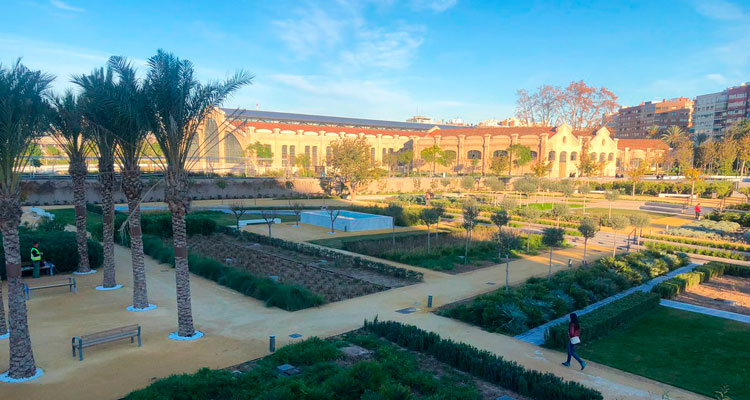Malilla and the future to come in Valencia
Between urban revitalisation and the uncertain future of its transformation.
It has taken almost nine years since landscape designer Kathryn Gustafson's design was chosen to make the Central Park which aims to link the neighbourhoods of Ruzafa (the most cool of Valencia), Arrancapins, La Raiosa, Malilla and La Creu Coberta in Valencia. Last January saw the opening of part of one of the most important and far-reaching urban development operations (perhaps the largest since the construction of the City of Arts and Sciencesback in 1998) for the city of the Turia in the last decade. According to the parties involved in the development of this macro-project, the design of the Central Park responds to typical Valencian landscape typologies such as the orchard and the sea. It seems simpler than it really is: more than 60 species of trees have been used, and it is planned that once it is finished, 1,000 trees and more than 86,000 shrubs will surround the Demetrio Ribes and the surrounding esplanades of this new green area in the centre of Valencia.
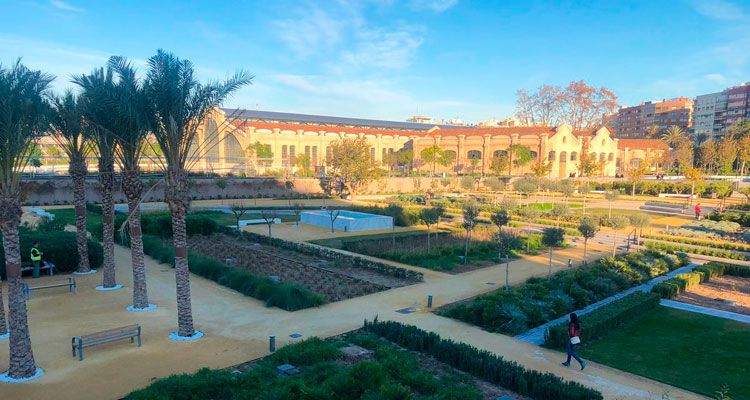
According to the parties involved in the development of this macro-project, the design of the Central Park responds to typical Valencian landscape typologies such as the orchard and the sea.
While rivers of ink have been written about the economic cost of the Central Park, the complications in its phases and the infrastructure involved, and the design from an architectural point of view is not exempt from debate, little has been said about the repercussions that this great green lung will have on the housing stock of the adjacent neighbourhoods. Some sources are beginning to speak of radical transformations when the 230,000 m2 planned for the Central Park are completed, and even gentrification processes such as those suffered in the Ruzafa neighbourhood over the last few years. Will we start to see streets full of suitcases and bars advertising pancakes with syrup and scrambled eggs for breakfast beyond the Barrio del Carmen and Ruzafa?
Is it possible to find a middle ground and make neighbourhoods more active, accessible and welcoming without selling out to mass tourism, and continue to focus on what makes them unique?
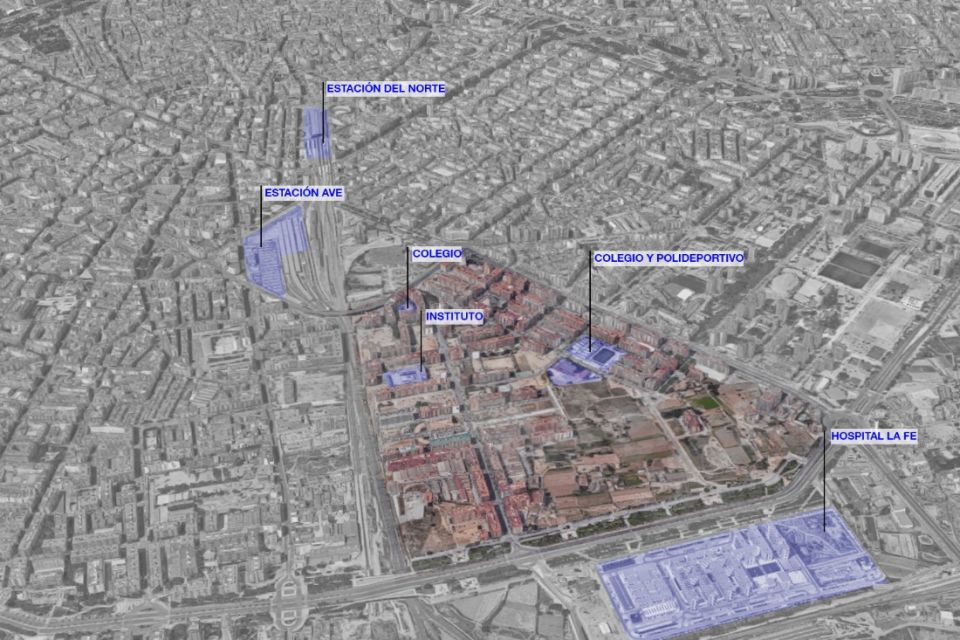
Without going any further, the Malilla neighbourhood is beginning to be in the sights of new buyers and tenants, attracted by the revitalisation of the area brought about by the first phase of the Central Park.This is in addition to the recent announcement of improvements in the neighbourhood, such as the construction of a socio-cultural centre and a health centre. In the last twenty years, this neighbourhood, bordered to the south by the huerta that surrounds Valencia and to the north by the new Park, has seen its population grow by 5,500 people, making it a neighbourhood with a very young demographic compared to other parts of the city and where the construction of new housing and green areas is being resumed thanks to the large amount of free space. A neighbourhood where the city of Valencia can still grow without necessarily being isolated or far from the centre (approximately 20 minutes by bus from Oltá street to the Plaza del Ayuntamiento) and which has several schools, institutes and services such as supermarkets and local shops.
Will we start to see Malilla streets full of suitcases and bars advertising pancakes with syrup and scrambled eggs for breakfast beyond the Barrio del Carmen and Ruzafa?
No one knows yet for sure what exactly will happen when Avenida Federico García Lorca replaces the track beds, which are expected to be buried in the next phases of the Central Park. Will the neighbourhood continue to grow as it has done so far, in a more or less sustainable way, or will it be the result of radical changes like those that happened in Ruzafa almost overnight? For now, the public sale of plots of land to begin the next phases of the project, which aim to bury, once and for all, the tracks that end at Valencia's North Station and which practically cut the city centre in two. The sale of these plots of land for the subsequent construction of new buildings, together with the attraction of the Central Park, the proximity to the centre and the ageing of the population in these neighbouring areas (which are leaving flats and buildings empty) are the perfect breeding ground for the phenomenon of gentrification to spread to these neighbourhoods in the near future.
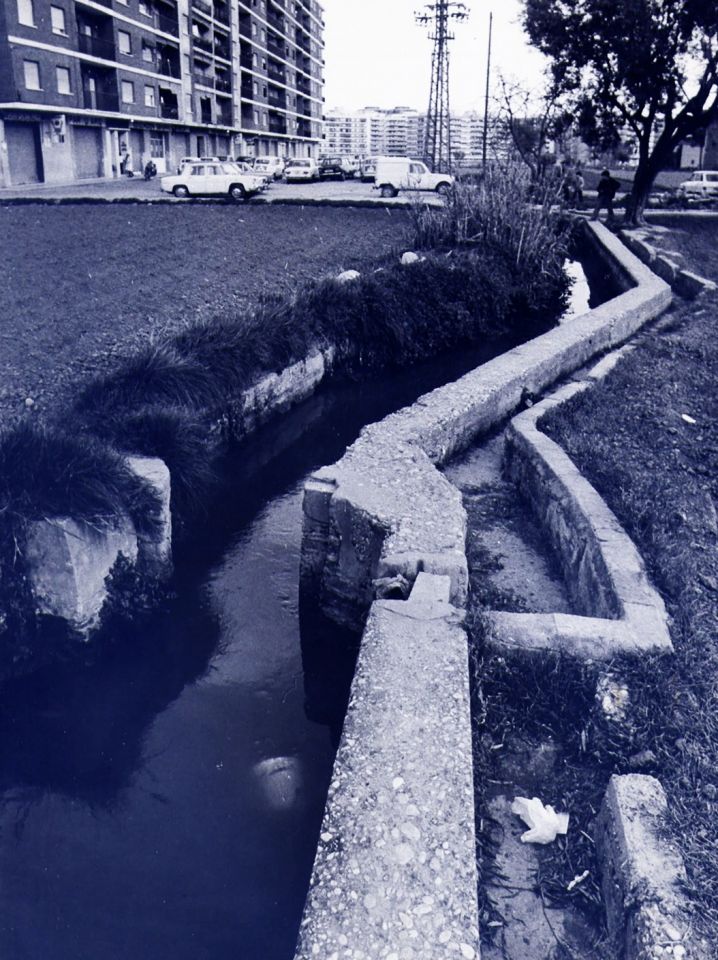
For now, a massive influx of hipsters is not expected, but it will come. Malilla is still a neighbourhood with fairly affordable rents. (between €400 and €700, with a few exceptions), buildings between 30 and 40 years old with a lift and requiring some renovation as a facelift but nothing more than that. No wonder it is starting to catch on with students and young people looking for a flat near the centre without having to spend a fortune on rent. Living in a neighbourhood like Malilla has its pros and cons, such as living in an area that is not very central but, at the same time, well communicated with the rest of Valencia and with a great potential that has yet to be exploited. The area, which is already beginning to be home to many former ruzafeñosThe area is starting to be full of young families and some university students who have relocated from student ground zero in search of a more relaxed atmosphere. In fact, a few vintage-style premises that could be part of any trendy place are starting to appear and both buying and selling and rents are starting to rise here as well. At Monapart we know how difficult it can be to keep up with the changes of this type that are constantly taking place in Valencia and what this entails on a real estate level and for this reason, we are specialists in advising you when it comes to selling or renting your flat in the next trendy neighbourhood. This way, you won't have to worry about finding your ideal tenant or the subsequent management of your flat. With us, the only thing you have to worry about is finding the best place to have pancakes for breakfast.
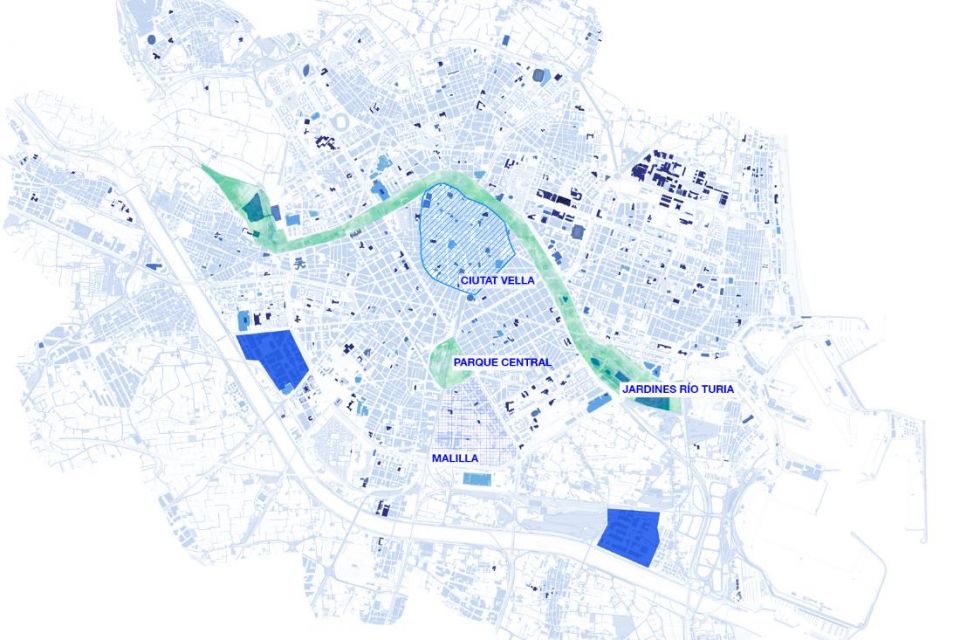
(Article by Amanda Ramón for Monapart Valencia)
The Malilla neighbourhood in Valencia is beginning to be in the sights of new buyers and tenants, attracted by the revitalisation of the area brought about by the first phase of the Central Park.




